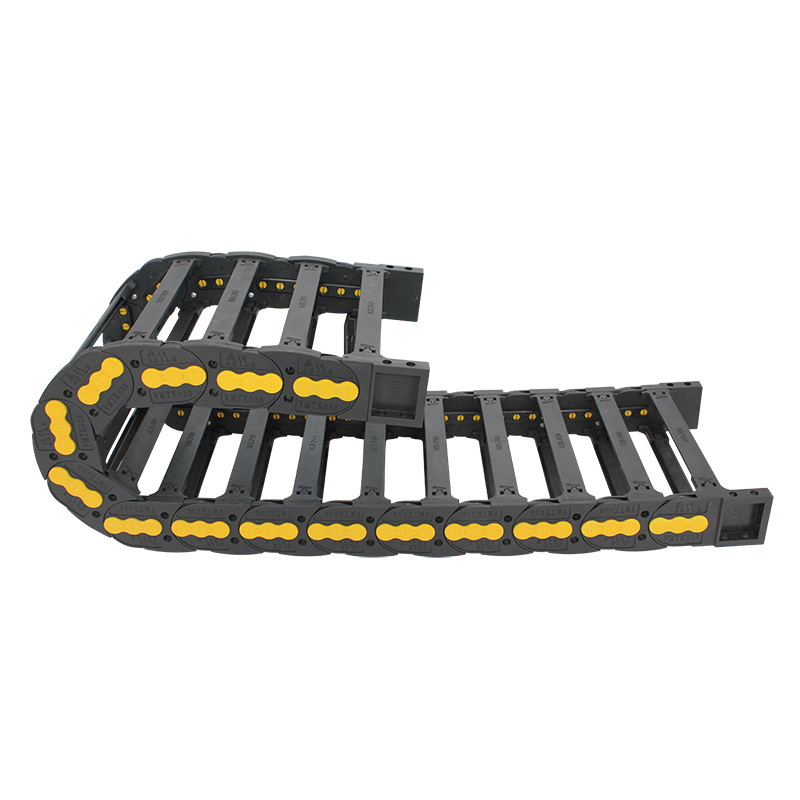toothed belt drive
Understanding Toothed Belt Drive Systems
Toothed belt drives, also known as synchronous belt drives, are mechanical systems that utilize a toothed belt to transmit power between two or more rotating shafts. They are increasingly popular in various applications due to their efficiency, reliability, and low maintenance requirements. This article dives into the fundamental principles of toothed belt drive systems, their advantages, applications, and maintenance considerations.
What is a Toothed Belt Drive?
A toothed belt drive consists of a belt with teeth that mesh with corresponding sprockets. This design ensures that the belt does not slip, allowing for precise synchronization between the input and output shafts. The belts are typically made from a flexible material, such as rubber or polyurethane, and are reinforced with fibers like nylon or steel to enhance their strength and durability. The teeth on the belt fit into grooves on the pulleys, which can be either timing pulleys or standard sprockets, depending on the application.
Advantages of Toothed Belt Drives
One of the most significant benefits of toothed belt drives is their ability to provide high efficiency. Unlike traditional V-belt systems, which can experience slippage, toothed belts maintain a positive engagement with pulleys, ensuring consistent power transfer without energy loss. This efficiency translates into lower energy consumption, making toothed belt drives more environmentally friendly and cost-effective in the long run.
Another advantage is their ability to operate quietly and with minimal vibration. The smooth engagement of the teeth reduces operational noise, making them suitable for applications where noise reduction is essential, such as in robotics or precision machinery.
Toothed belt drives also require less maintenance compared to chain drives or gear systems. They do not require lubrication, which simplifies maintenance routines. Additionally, the materials used in toothed belts are resistant to wear and can withstand environmental factors, further enhancing their longevity.
Applications of Toothed Belt Drives
toothed belt drive

Toothed belt drives are employed in a wide range of industries and applications. They are commonly used in automotive systems, such as timing belts that synchronize the crankshaft and camshaft in internal combustion engines, ensuring optimal engine performance.
In the manufacturing sector, toothed belt drives are utilized in conveyor systems, providing reliable and precise movement of goods through production lines. They are also found in 3D printers, CNC machines, and other automated systems where precise positioning and speed control are crucial.
Additionally, toothed belt drives are used in fitness equipment, such as treadmills and stationary bikes, where a smooth and quiet operation is desired.
Maintenance Considerations
Although toothed belt drives require less maintenance than other systems, some best practices can extend their lifespan. Regular inspections are essential for detecting signs of wear and tear, such as fraying or cracking of the belt. It’s crucial to follow the manufacturer’s guidelines regarding tension adjustment, as improper tension can lead to premature wear or failure of the system.
If a toothed belt shows significant damage or if it has reached the end of its service life, it should be replaced promptly to avoid system failure. Keeping the system clean and free from contaminants also helps in maintaining optimal performance.
Conclusion
Toothed belt drives play a crucial role in modern mechanical systems, offering efficient, reliable, and low-maintenance solutions for power transmission. Their advantages make them an ideal choice for diverse applications across various industries. By understanding their operational principles and maintenance requirements, users can maximize their performance and longevity, making toothed belt drives a valuable component in any engineering project.








